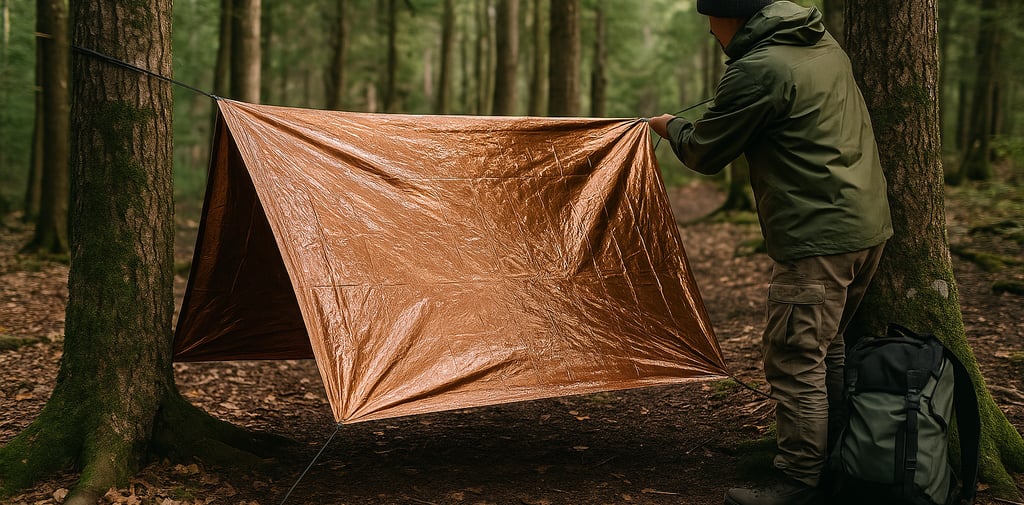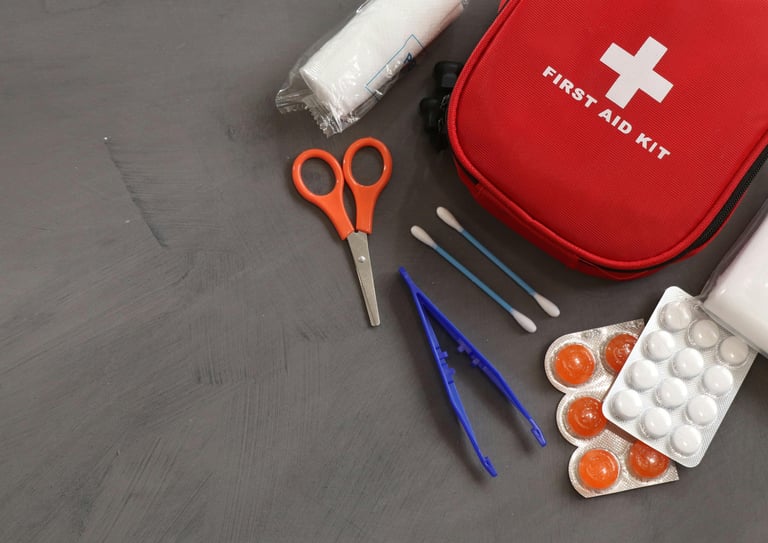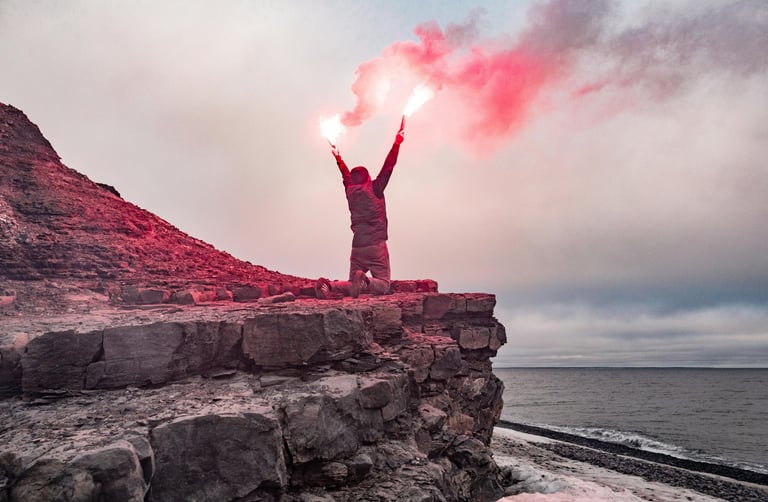Essentials of Your Wilderness Survival Kit
Discover the must-have items for your wilderness survival kit. Learn how to pack gear for emergencies, stay safe in the wild, and be ready for any outdoor situation.


Essentials of Your Wilderness Survival Kit
Why Every Survival Kit Matters in the Wild
When you're miles away from the nearest road or cellphone signal, a well-stocked wilderness survival kit becomes more than just helpful, it’s your lifeline. Whether you're an experienced backpacker or new to backcountry hiking, carrying the right gear is critical to navigating emergencies, staying safe, and even saving lives. This guide breaks down what belongs in your kit and why each item plays a vital role in wilderness survival.
The Core Components of a Survival Kit
At its foundation, a reliable wilderness survival kit should include tools that cover five major categories: shelter, fire, water, signaling, and first aid. Each of these categories helps you address core survival priorities like staying warm, hydrated, visible, and protected from injuries. Your exact items may vary depending on your environment, but these five categories form the backbone of any effective kit.
Shelter and Warmth in Emergencies
Your first priority in many situations is protecting yourself from the elements. Compact emergency blankets, bivy sacks, or a lightweight tarp can provide shelter quickly. Add in a small roll of paracord to help with setup. These items are especially important in cold or rainy conditions, where exposure can become life-threatening fast. A small, packable poncho is also a good addition.
Fire-Starting Tools and Techniques
Fire provides more than just warmth, it’s also used for cooking, purifying water, and boosting morale. Your kit should include multiple ways to start a fire: waterproof matches, a ferro rod, and cotton balls coated in petroleum jelly, or another fire starter. Practice using these tools before your trip, so you can light a fire even under pressure.
Water Purification Essentials
Staying hydrated is essential, and water found in the wild isn’t always safe to drink. Include iodine tablets, a small metal container for boiling water, or a compact water filter if you have one. Even a folded coffee filter can help remove debris before boiling or chemical treatment. Without clean water, even the most experienced hiker can quickly succumb to dehydration or illness.
Signaling and Communication Tools
In a survival situation, making yourself visible and heard can mean the difference between rescue and being stranded. A signal mirror, emergency whistle, and compact flashlight with spare batteries should be part of every wilderness survival kit. Bright bandanas or glow sticks can also be used to mark trails or signal for help at night.
First Aid Supplies for Backcountry Injuries
Backcountry injuries require fast action with limited resources. Your kit should include antiseptic wipes, bandages, tape, pain relievers, tweezers, and a triangular bandage that can double as a sling. Add moleskin for blisters, antihistamines for allergic reactions, and electrolyte tablets to support hydration. If you're trained, include a tourniquet or hemostatic dressing for more severe trauma.
For a deeper understanding of what types of injuries you may encounter and how to treat them, take time to review common wilderness injuries and their treatments and how to make a splint or sling using natural materials when supplies are limited.
Optional But Useful Extras
Depending on your space and the length of your trip, extras like a small knife or multitool, sewing kit, duct tape, water-resistant notepad, and pencil can add major utility without much weight. Even a few zip ties or safety pins can help fix gear or clothing in a pinch.
How to Store and Carry Your Kit
Use a small dry bag or water-resistant pouch to keep everything protected from moisture. Pack your kit near the top of your backpack or in an outside pocket for quick access. Don’t bury it under clothes or food — in an emergency, seconds matter.
Keeping your kit accessible is just one part of being prepared — understanding how wilderness first aid differs from standard training and knowing the core skills taught in first aid courses ensures you’re ready to use the gear effectively when it counts.
Final Thoughts: Tailor Your Kit to Your Terrain
Every wilderness survival kit should reflect your trip’s terrain, weather, and risk level. Going ultralight? Focus on compact and multi-use items. Heading into desert or snow-covered areas? Adjust accordingly. No kit is one-size-fits-all, but with the basics covered, you’ll be far better prepared to handle the unexpected.




© 2025. All rights reserved About | Privacy Policy | Terms and Conditions | Affiliate Disclosure | Disclaimer


